 Petzlover
Petzlover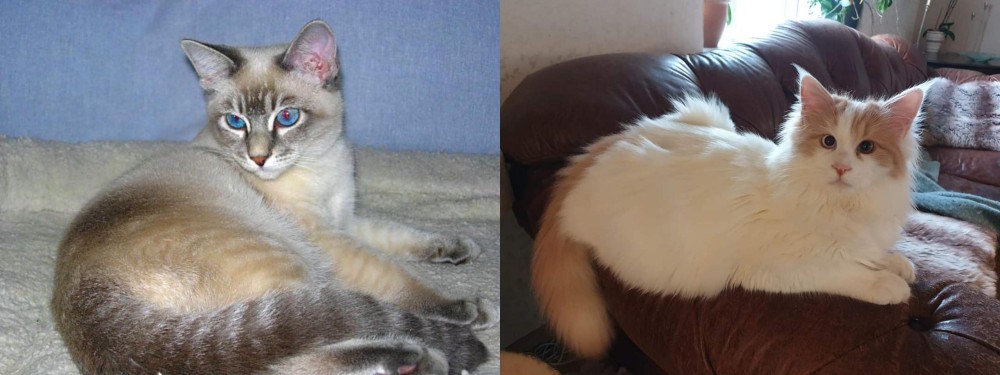 Tiger Cat is originated from United States but Turkish Van is originated from Turkey. Both Tiger Cat and Turkish Van are having almost same weight. Tiger Cat may live 5 years more than Turkish Van. Both Tiger Cat and Turkish Van has same litter size. Tiger Cat requires Moderate Maintenance. But Turkish Van requires Low Maintenance
Tiger Cat is originated from United States but Turkish Van is originated from Turkey. Both Tiger Cat and Turkish Van are having almost same weight. Tiger Cat may live 5 years more than Turkish Van. Both Tiger Cat and Turkish Van has same litter size. Tiger Cat requires Moderate Maintenance. But Turkish Van requires Low Maintenance
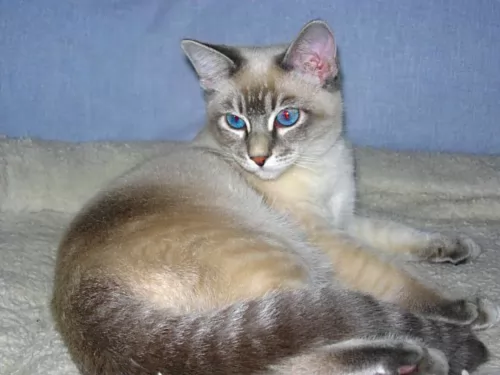 The Tiger cat isn’t actually one breed as such, as it certainly isn’t a combination cat from a mating between a Tiger and a domestic cat as that is just plain impossible.
The Tiger cat isn’t actually one breed as such, as it certainly isn’t a combination cat from a mating between a Tiger and a domestic cat as that is just plain impossible.
Tiger cats are simply certain cat breeds that have patterns that make them look similar to the big, wild Tiger of India.
It is thought that striped tabby cats are Tiger cats. Tabby cats are often called Tiger cats because of their striped fur pattern. These tabby cats aren’t a breed either but rather a cat with a certain pattern.
The Tiger Cat can actually be any of a pure-bred cat breeds you get and this could be American Shorthairs, American Bobtails and Maine Coon cats.
 Hailing from Turkey, the Turkish Van was brought to the UK in 1955 by 2 British women, Laura Lushington and Sonia Halliday.
Hailing from Turkey, the Turkish Van was brought to the UK in 1955 by 2 British women, Laura Lushington and Sonia Halliday.
These cats were used as the foundation stock of the breed. They were brought to the United States in 1982 and accepted into championship with the Cat Fanciers’ Association in 1994.
They are a very rare breed and no other breed is allowed to be mixed into the cat's breeding schedule. All registered Turkish Van cats can have their ancestry traced back to the imported cats of Laura Lushington.
 Just some of the cats out there that look like Tiger cats are the Bengal, the Savannah cat, the Toyger, Bombay, and Abyssinian.
Just some of the cats out there that look like Tiger cats are the Bengal, the Savannah cat, the Toyger, Bombay, and Abyssinian.
Some of these cats are larger than the others. The Toyger is the perfect example of these domesticated Tiger-like cats. It’s a cat that is a mix between a Bengal and an ordinary cat from India.
They can be fairly large these cats and weigh anything between 4 and 7kg, possibly more. It looks like a Tiger – the whole purpose of breeding them in the first place.
The coat is short and thick with orange and gold tones and black stripes. They come in in red, brown, or grey shades but the coat is always striped.
Because tiger cats are actually tiger-striped tabbies, they come with the typical Tabby cat personality.
Sometimes they can be aloof and mysterious but most times they are social and friendly. They thrive on the attention they get from their human family,
 This is a medium to large-sized cat weighing roughly 3 to 8kg. It’s a semi-long-haired domestic cat breed that was actually developed in the United Kingdom with a selection of cats from Turkey.
This is a medium to large-sized cat weighing roughly 3 to 8kg. It’s a semi-long-haired domestic cat breed that was actually developed in the United Kingdom with a selection of cats from Turkey.
The breed is distinguished by the Van pattern where the color is restricted to the head and tail. So the cat is white with color on the head and the tail. The Turkish Van has no undercoat and the cat has a sleek appearance.
The cat is quite long and its back legs are slightly longer than its front legs. The paws are large and they are strong jumpers.
These cats are playful, active, and independent and they are also excellent hunters. They are affectionate and form strong bonds with their human families.
They get on well with kids as well as with other pets. Energetic and agile, they love to leap up onto high places. For a cat, they also have this fascination with water and may well follow their human into a swimming pool or lake.
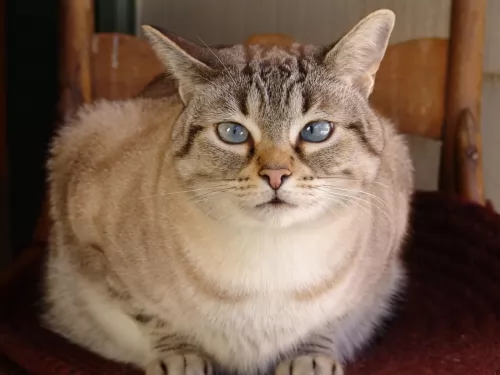 The Tiger cat, just like any other cat, wants to have a good home where he is loved and cared for. Because the Tiger cat is describing a coat and not an actual cat breed, the Tiger cat can come with many different kinds of personalities. He can be lively and vocal or quiet and shy. Many pets turn out with personalities similar to their owners.
The Tiger cat, just like any other cat, wants to have a good home where he is loved and cared for. Because the Tiger cat is describing a coat and not an actual cat breed, the Tiger cat can come with many different kinds of personalities. He can be lively and vocal or quiet and shy. Many pets turn out with personalities similar to their owners.
If you decide to take in a Tiger cat, it is your duty as a responsible pet owner to ensure his wellbeing and happiness.
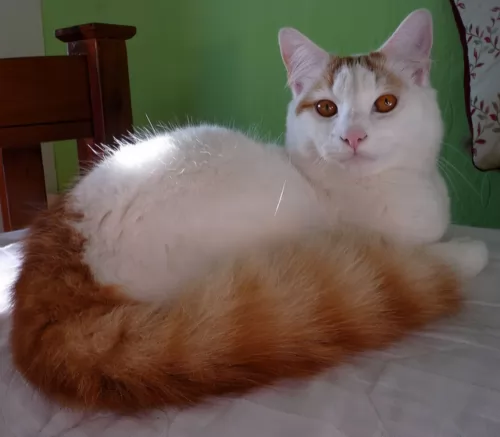 Lively, social, and intelligent, the Turkish Van is going to make you a wonderful pet and companion.
Lively, social, and intelligent, the Turkish Van is going to make you a wonderful pet and companion.
He is an active cat and will require you to play with him and provide some form of exercise for him.
He likes to leap up onto perches so getting him a climbing tree will serve him well as he is a cat that loves perching on high up places.
These cats are also low maintenance which simply adds to them being such perfect pets for single people, couples, families and seniors, just so long as he is provided with lots of love and care.
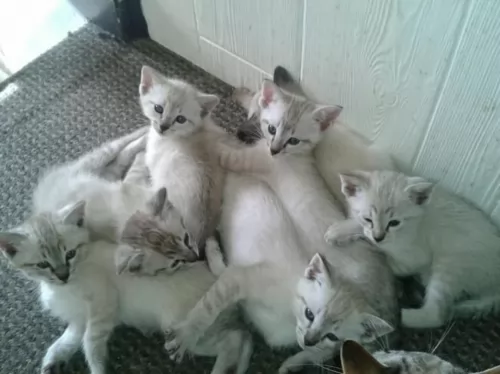 As a pet owner, you have to be able to recognize the signs of an animal that is sick. If your cat persists with his problems, you will need to get him to the vet so that the vet can conduct a careful examination to get to the root of the problem.
As a pet owner, you have to be able to recognize the signs of an animal that is sick. If your cat persists with his problems, you will need to get him to the vet so that the vet can conduct a careful examination to get to the root of the problem.
Did you know there are several cat vaccinations your cat must have to avoid some of the deadly cat diseases there are?
Some of the common cat diseases to look out for are diabetes, hyperthyroidism, bladder infection and eye problems.
 Your Turkish Van counts on you to ensure his health and wellbeing. This will ensure he lives a long and healthy life.
Your Turkish Van counts on you to ensure his health and wellbeing. This will ensure he lives a long and healthy life.
Obesity is a major disease that contributes to many illnesses in cats. Excess weight is one of the factors for the development of arthritis and diabetes as well as some life-threatening diseases.
All kinds of parasites can invade your Turkish Van’s body. . Many types of parasites can be detected with a fecal exam, so a trip to your vet may be necessary.
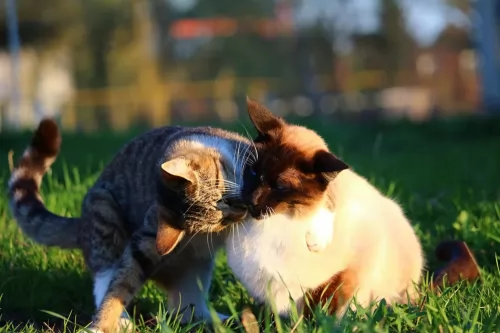 Cats are fairly easy pets to care for and they are able to adapt to different lifestyles and environments too.
Cats are fairly easy pets to care for and they are able to adapt to different lifestyles and environments too.
Before you bring a cat into your home, make sure that you have everything ready to welcome your pet. These are things such as food and water bowls, a soft bed, litter box, toys, a brush, scratching post as well as other cat accessories to make his life comfortable.
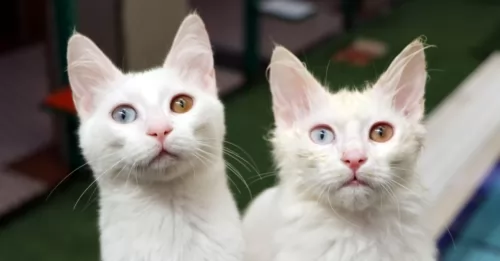 One of the most important things with a cat is diet. The cat is a carnivore. Watch his diet, and make sure he gets plenty of meaty food.
One of the most important things with a cat is diet. The cat is a carnivore. Watch his diet, and make sure he gets plenty of meaty food.
Check with your vet if you aren’t sure how to feed your cat. There must always be a constant supply of fresh, cool water available and both food and water bowls must be washed regularly.
Regularly brush your cat’s coat gently and at the same time check the body over for any unusual lumps. If you discover a new lump, get your cat to the vet.
Be sure to schedule in your cat’s vaccinations as without these your cat can die from some of the more dangerous ones.
Another wise move, if at all possible, is to sign up for pet health insurance as then you won’t dread it financially when your vet requests medical tests be done on your cat.
There are simple things you can do to ensure the longevity of your beloved cat. Good food, exercise, fresh water, and plenty of love and attention.
Turkish Vans can have problems with their teeth. Teeth brushing can be massively traumatic and uncomfortable for your pet, but the best diet and vet care will ensure healthy teeth.
Cats are meticulous about hygiene so ensure the litter box is kept clean. Remove the cat’s feces every single day.